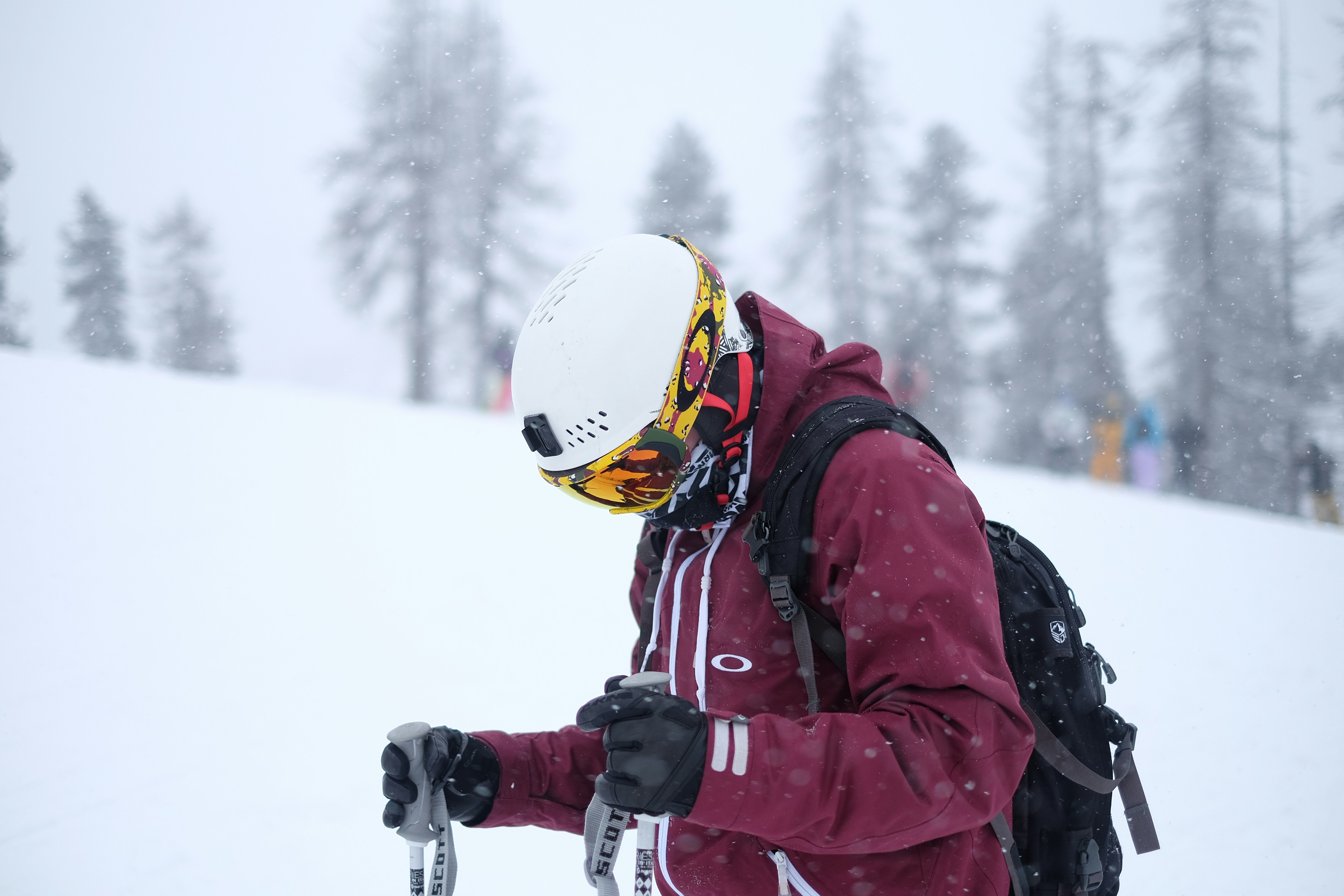Winter Sports Safety: Are You Wearing Your Helmet Correctly?
 With low temperatures bringing some of the first extended cold weather this year, winter sports are in full swing. While these activities are a perfect opportunity to get out and enjoy the fresh air this season, they can pose many health risks, especially Traumatic Brain Injuries (TBIs). According to the National Library of Medicine, head injuries account for 20% of the 600,000 ski and snowboard related injuries annually. The best way to reduce your risk is wearing a helmet, and wearing it properly. Next time you pull on your snow pants to head out on the slopes, take a moment to make sure — are you wearing your helmet correctly?
With low temperatures bringing some of the first extended cold weather this year, winter sports are in full swing. While these activities are a perfect opportunity to get out and enjoy the fresh air this season, they can pose many health risks, especially Traumatic Brain Injuries (TBIs). According to the National Library of Medicine, head injuries account for 20% of the 600,000 ski and snowboard related injuries annually. The best way to reduce your risk is wearing a helmet, and wearing it properly. Next time you pull on your snow pants to head out on the slopes, take a moment to make sure — are you wearing your helmet correctly?
When choosing a helmet for skiing and snowboarding, always check that it is made for use with winter sports specifically. Helmets should be American Society for Testing and Materials (ASTM)-certified. These helmets will be thicker, warmer, and optimized for goggle or protective eyewear use and impact absorption on slopes. In addition, pay attention to the fit of the helmet and care for it properly to ensure that it is offering the best protection possible.
Proper fit:
- Before buying, measure you or your child’s head (either with a soft ruler or a string) and use helmet brand sizing charts to find the correct size, as these can vary from brand to brand.
- Helmets should sit low enough to cover the forehead (roughly one inch above the eyebrows) and the back should not touch the top of the neck.
- The helmet should be snug, but not tight. It should not shift when shaking your head side-to-side.
- You should not be able to fit more than one or two fingers between your chin and the chin strap.
- Helmet padding should be flush against your ears and forehead. Straps should make a V shape under your ears once the strap is fastened.
- Make sure your goggles fit properly with your helmet. The helmet should sit flush with the top of the goggles when worn, but should not push down on the goggles.
Care and storage:
- Do not use cracked or broken helmets, or ones that are missing pieces. Helmets should be replaced after any major falls or crashes.
- Clean with warm water and mild detergents, but do not submerge in water or use any harsh cleaners.
- Do not store helmets in the car. They should be stored out of extreme heat, cold, or direct sunlight.
- Some helmets have printed expiration dates, as the liner and plastic can break down over time especially when exposed to sweat, cleaners, and hair products. If your helmet is past the expiration date, replace it. Even if it is not broken.
Proper care and fit of helmets can increase your protection against head injuries. In studies done on snow sports, helmets reduced the risk of head injury by 35%, but other sports and studies have had that number set even higher. While helmets are not concussion-proof, they can greatly reduce injury risk and keep everyone having fun on the slopes.
–
If you have suffered a fall or crash, on the slopes or off, and need diagnosis or treatment of a traumatic brain injury, contact the Speech-Language Institute at 215.780.3150.
For more information on TBIs or to schedule an appointment, visit our websites for the Speech-Language Institute (SLI) or the Pennsylvania Ear Institute (PEI) of Salus University Health.
Additionally, The Eye Institute (TEI) of Salus University Health sells protective eyewear for sports. If you’re interested in purchasing protective eyewear, call 215.276.6000